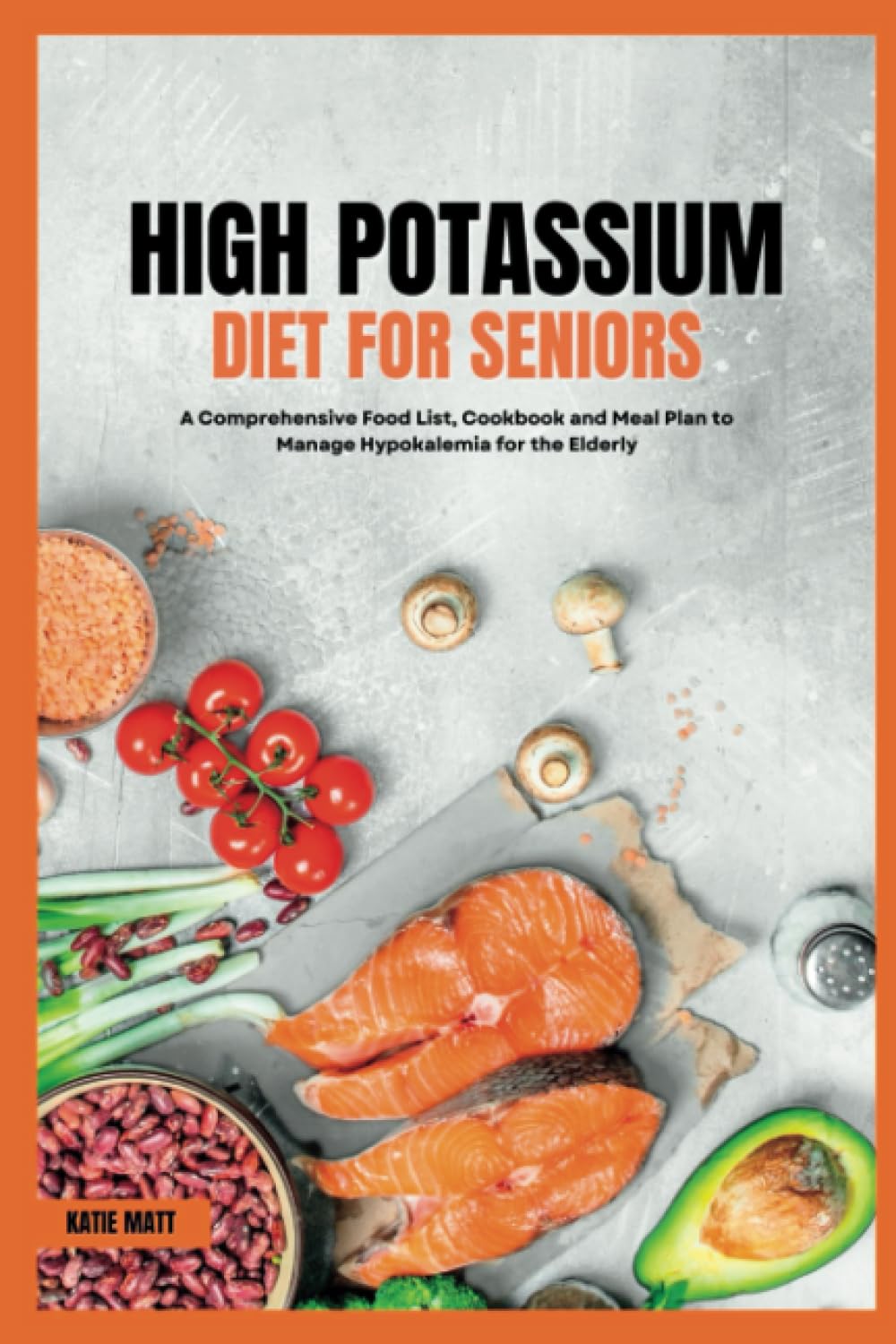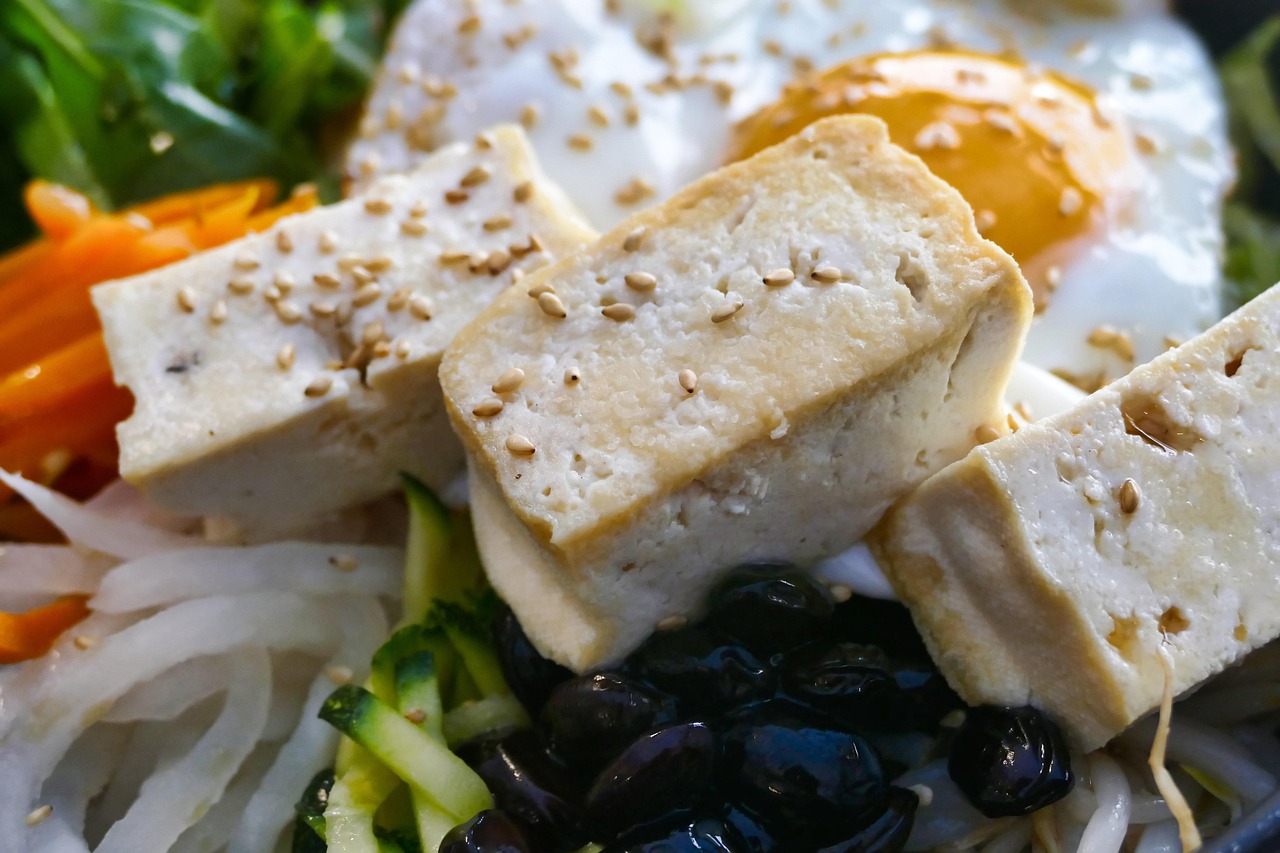
Unlocking the Power of High Potassium: Benefits, Sources, and Tips
Introduction
Ever wonder why experts keep harping on the importance of high potassium in your diet? Potassium is a powerhouse nutrient that can significantly impact your overall health. In this post, we’ll delve into the numerous benefits of potassium, identify the best potassium-rich foods, and provide practical tips on how to seamlessly incorporate them into your daily meals. By the end, you’ll have a clear roadmap to harnessing the full potential of this vital mineral.
The Importance of High Potassium
Potassium is more than just a mineral; it’s a vital player in your body’s functionality. This nutrient supports crucial bodily functions, including muscle contractions, nerve signals, and fluid balance. When you consume adequate amounts of potassium, you’re actively working to reduce the risk of hypertension and cardiovascular diseases. Moreover, potassium is essential for maintaining strong bones and ensuring optimal muscle function. It’s evident that potassium isn’t just a nice-to-have; it’s a must-have.
Understanding the critical role potassium plays in your health sets the stage for exploring the best food sources. Coming up next, let’s dive into various potassium-rich foods and how they can benefit you.
Top Potassium-Rich Foods
When it comes to high potassium foods, the variety is both extensive and delicious. Bananas are often the go-to, but don’t overlook sweet potatoes, spinach, and avocados. Bananas provide around 400 mg of potassium, making them a convenient snack option. Sweet potatoes not only offer an impressive 540 mg of potassium, but they’re also rich in fiber and vitamins. Spinach is another superfood, delivering about 558 mg per cooked cup, packed with antioxidants and essential nutrients. Avocados, with their creamy texture, supply around 485 mg per cup and are also loaded with healthy fats.
Incorporating these foods into your diet is simpler than you may think. For example, you can:
- Add sliced bananas to your morning cereal or yogurt.
- Roast sweet potatoes as a side dish for dinner.
- Toss spinach into your salads or smoothies.
- Use avocados in sandwiches, salads, or as a toast topping.
Now that you’re familiar with high potassium foods, let’s move on to practical tips for increasing your potassium intake efficiently.
Practical Tips for Increasing Potassium Intake
Boosting your potassium intake doesn’t have to be complicated. Start with meal planning to ensure you’re hitting your daily potassium goals. Plan meals that include potassium-rich foods like the ones we discussed. Incorporate snacks like dried apricots or pumpkin seeds, both of which are excellent sources of potassium.
Here’s a simple meal plan to get you started:
- Breakfast: Smoothie with spinach, banana, and almond milk.
- Snack: A handful of dried apricots.
- Lunch: Quinoa salad with avocado and chickpeas.
- Snack: Greek yogurt with sliced banana.
- Dinner: Baked salmon with a side of roasted sweet potatoes and steamed spinach.
Grocery shopping can also be a breeze. When you hit the store, make a list that prioritizes potassium-rich foods. Stick to the produce aisle and seek out fresh, whole foods to maximize your potassium intake.
Integrating Product Advertisement: High Potassium Diet for Seniors
For seniors, managing potassium intake can be particularly crucial. That’s where “High Potassium Diet for Seniors: A Comprehensive Food List, Cookbook and Meal Plan to Manage Hypokalemia for the Elderly” comes in handy. This comprehensive guide offers detailed food lists, delicious recipes, and meal plans specifically tailored for seniors. Published on June 9, 2023, this 110-page book is an invaluable resource for anyone looking to manage hypokalemia and improve their overall health.

This book provides practical tips that make it easy for seniors to incorporate potassium-rich foods into their diet. Whether you’re dealing with hypokalemia or just looking to boost your potassium intake, this guide is a game-changer.
Let’s wrap things up by summarizing the key takeaways and offering actionable insights.
Conclusion and Actionable Insights
To sum it up, potassium is vital for various body functions, from muscle contractions to maintaining fluid balance. Consuming potassium-rich foods like bananas, sweet potatoes, spinach, and avocados can significantly improve your health. Practical tips like meal planning and smart grocery shopping can help ensure you’re meeting your daily potassium needs. For seniors, “High Potassium Diet for Seniors” offers an excellent resource to manage potassium levels effectively.
So, take these insights to heart and start incorporating more potassium into your diet today. And if you’re a senior or caring for one, consider picking up “High Potassium Diet for Seniors” to make the journey even easier.
Call-to-Action
We’d love to hear from you! Leave a comment below sharing your own tips or experiences with high potassium diets. Don’t forget to share this post on social media to spread the word. For more information or to purchase “High Potassium Diet for Seniors,” visit this link. Your journey to better health starts now!
FAQ
What are the signs of high potassium levels?
High potassium levels, also known as hyperkalemia, can manifest through a range of symptoms. Common signs include:
- Stomach pain
- Diarrhea
- Fatigue
- Chest pain
- Irregular heartbeat, which may feel fast or like a fluttering sensation
- Muscle weakness
- Numbness or paralysis in your arms or legs
- Nausea or vomiting
If you experience any of these symptoms, it’s crucial to seek medical attention promptly.
How can I reduce my potassium level quickly?
If you need to lower your potassium levels quickly, there are several methods you can consider:
- Diuretics: Medications that help your body expel excess potassium through urine.
- Diet Adjustments: Reducing your intake of potassium-rich foods like bananas, sweet potatoes, and spinach.
- Avoiding Certain Herbal Remedies: Some herbal supplements can increase potassium levels and should be avoided if you’re trying to reduce your potassium intake.
Consult a healthcare professional before making significant changes to your diet or medication.
What happens when your potassium is high?
High potassium levels can be dangerous and affect the way your heart’s muscles work. Some potential consequences include:
- Irregular Heartbeat: High potassium can cause your heart to beat irregularly, which in severe cases can lead to a heart attack.
- Muscle Function Issues: Excessive potassium can impair muscle contractions, leading to muscle weakness or paralysis.
- Fluid Imbalance: Potassium is crucial for maintaining fluid balance in your body, and high levels can disrupt this balance, causing various health issues.
If you suspect you have high potassium levels, seek medical advice immediately.



